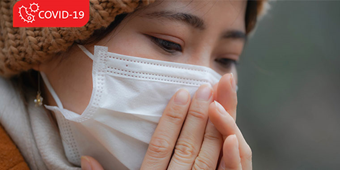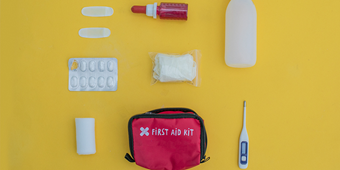Death of Teen From Toxic Shock Syndrome Raises Concern

Find Your Perfect Match
Answer a few questions and we'll provide you with a list of primary care providers that best fit your needs.
The death of 16-year-old Canadian Sara Manitoski in March 2017 was the result of toxic shock syndrome (TSS), according to the just-released coroner’s report. She died while on a school camping trip after complaining of menstrual cramps and not feeling well. She was wearing a tampon at the time of her death.
Premier Health Now asked JT Thomas, MD, obstetrician and gynecologist with Magnolia Women’s Health, to clarify the association between TSS and menstruation, and if it can be avoided. He explained that Toxic Shock Syndrome (TSS) is a result of a significant toxin released by the common bacteria staphylococcus aurea (staph). “About 30 to 50 percent of children and adults carry it in their body, but most of them do not develop significant disease because they develop antibodies to the toxin and this neutralizes its effect,” he says. “Unfortunately, some don’t develop the antibodies – we believe this is due to a genetic predisposition – and they are susceptible to the toxin,” he adds.
Although it is rare, menstruating women who fall into this category can develop TSS if they use tampons incorrectly (wear them for greater than five or seven days in a row, or wear the same tampon for more than 24 hours). The tampon provides bacteria a place to grow and release toxins. Early signs of TSS are the rapid onset of fever, low blood pressure and skin rash. Without immediate treatment, TSS can quickly cause organs to fail within 72 hours.
Dr. Thomas emphasizes that cases of TSS like this one are very rare and require the “perfect storm” of a woman being predisposed, extended tampon use and the presence of other health conditions.
When cases of toxic shock syndrome spiked in the 1980s, they were associated with the use of extra absorbent tampons, says Dr. Thomas. Once the materials and chemicals used in manufacturing those tampons were changed, the incidence of TSS dropped, “but I still recommend that women avoid using the extra absorbent tampons whenever possible with a few exceptions,” Dr. Thomas adds. Generally using tampons for five to seven days is acceptable. If there is any bleeding after that, try to use panty liners.
Find Your Perfect Match
Answer a few questions and we'll provide you with a list of primary care providers that best fit your needs.
Source: JT Thomas, MD, Magnolia Women’s Health; Yahoo Style Canada




